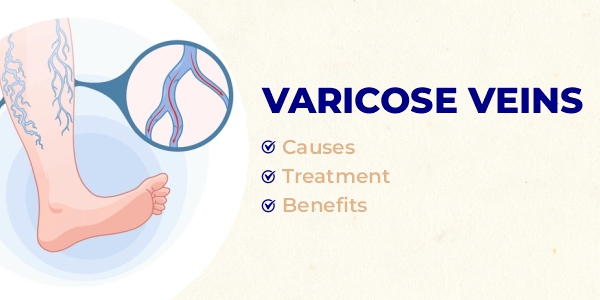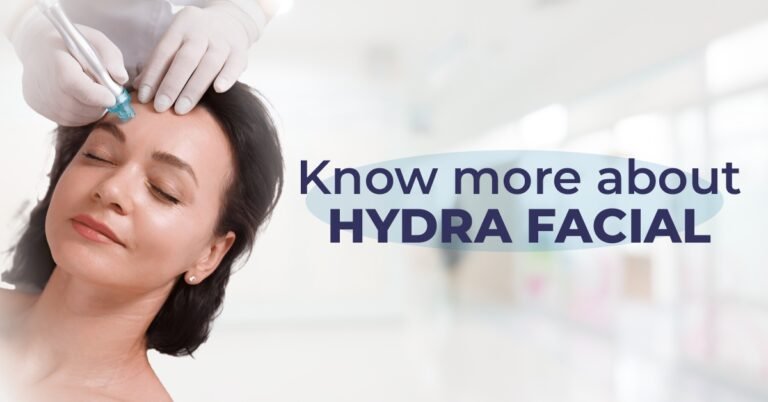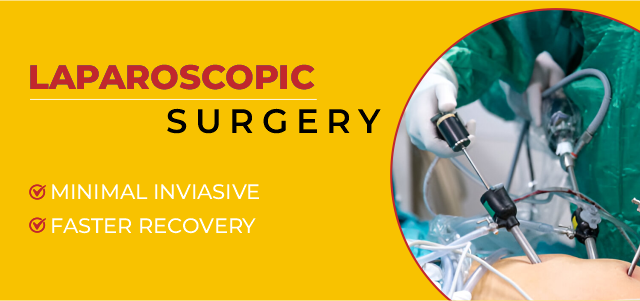Varicose Veins
Varicose veins are swollen veins that appear just under the skin in your legs, feet, or ankles. When your vein walls are weak and your valves aren’t working right, blood backs up in your vein. This causes blue and purple bulges. Treatments can work, but varicose veins can return. For most people, varicose veins aren’t a major problem.
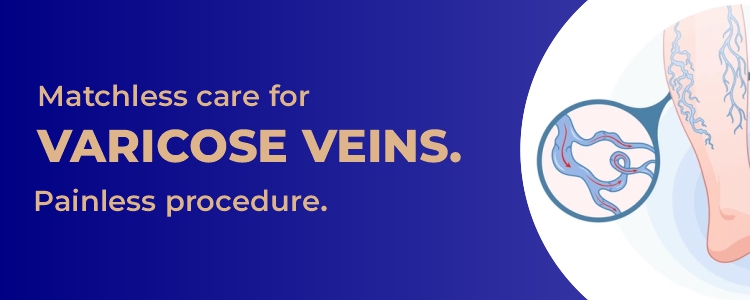
What are varicose veins?
Varicose veins are swollen, engorged blood vessels that bulge just under your skin’s surface. These blue or purple bulges usually appear in your legs, feet, and ankles. They can be painful or itchy. Spider veins, which may surround varicose veins, are smaller red or purple lines that appear close to your skin’s surface.
You may not like the way varicose veins look or feel, but they aren’t dangerous for most people. In some cases, severe varicose veins can lead to serious health problems like blood clots. You can relieve most varicose vein symptoms at home. If you have a more serious case, you may need treatment with injections, laser therapy, or surgery from your healthcare provider.
Varicose veins are very common.
What are the symptoms of varicose veins?
The most recognizable sign of varicose veins is a gnarled, blue or purple vein just under your skin’s surface. Varicose vein symptoms include:
- Bulging veins: Twisted, swollen, rope-like veins are often blue or purple. They appear just below the surface of the skin on your legs, ankles, and feet. They can develop in clusters. Tiny red or blue lines (spider veins) may appear nearby.
- Heavy legs: Muscles in your legs may feel tired, heavy, or sluggish, especially after physical activity.
- Itching: The area around a varicose vein may itch.
- Pain: Legs may be painful, achy, or sore, especially behind your knees. You might have muscle cramps.
- Swelling: Your legs, ankles, and feet can swell and throb.
- Skin discolorations and ulcers: Without treatment, varicose veins can cause discolorations on your skin. Severe varicose veins can cause venous ulcers (sores) on your skin.
Where do varicose veins usually appear?
Most often, varicose veins develop on the lower half of your body, usually on your calves, ankles, and feet. They can also develop in the pelvic area (pelvic congestion syndrome), especially in people who’ve had children. Hemorrhoids, which form in your rectum, are also varicose veins.
What causes varicose veins?
Varicose veins occur when the walls of your veins weaken. As blood pressure in your vein increases, the weakened walls allow your vein to get bigger. As your vein stretches, the valves that keep blood moving in one direction in your vein can’t work as they should. The sluggish blood backs up or pools in your vein, causing your vein to swell, bulge, and twist.
Vein walls and valves can become weak for several reasons, including:
- Normal aging.
- Standing for prolonged periods of time.
- Hormones
- Excess weight.
Diagnosis
How are varicose veins diagnosed?
Varicose veins are close to the surface of your skin and easy to see. Healthcare providers can diagnose the condition during a physical examination. They’ll feel your veins and examine them while you’re sitting and standing. They may also ask you questions about your medical history and your symptoms.
What tests will be done to diagnose varicose veins?
Providers usually don’t need additional diagnostic tests to diagnose varicose veins. To see detailed images of your veins and check for complications, your provider may recommend an ultrasound. This safe, painless test uses sound waves to produce pictures of tissues inside your body. Ultrasounds can show blood clots and how your valves are working.
How do you treat varicose veins?
Laser Treatment: In a minimally invasive procedure called endovenous thermal ablation, healthcare providers use a catheter (a long, thin tube) and laser to close off a damaged vein.
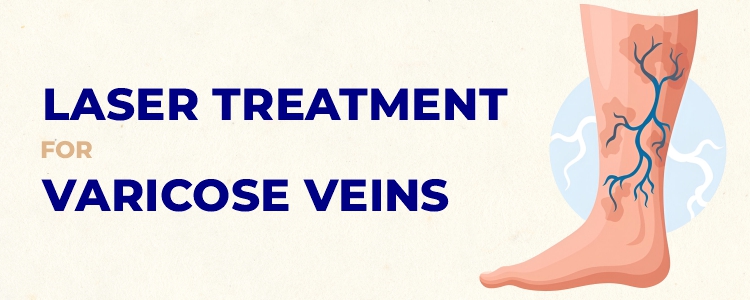
Benefits of laser treatment:
Laser therapy benefits over traditional surgery for varicose Veins are numerous.
- Minimally Invasive Technique
- Less pain
- Quicker recovery
- Single-day stay
- Lower Risk of Complication
Prevention
Can varicose veins be prevented?
You may not be able to prevent varicose veins. But you can reduce your chances of developing them by living an active, healthy lifestyle. Healthcare providers recommend many of the same measures to prevent and treat varicose veins:
- Avoid long periods of standing: To encourage blood flow, take regular breaks to stretch and walk around, especially if you have a job that requires you to be on your feet.
- Elevate your legs: Raising your feet above your waist helps blood flow to your heart.
- Maintain a healthy weight: Getting rid of excess pounds reduces pressure inside your blood vessels.
- Quit tobacco use: Smoking damages blood vessels, decreases blood flow, and causes a wide range of health problems.
- Stay active: To improve circulation, move frequently and avoid sitting still for prolonged periods.
- Try compression stockings: Support socks and pants to compress your veins and help blood circulate. This can prevent varicose veins from getting worse.
- Wear clothes that fit properly. To encourage blood flow, make sure your waistband isn’t too tight.

